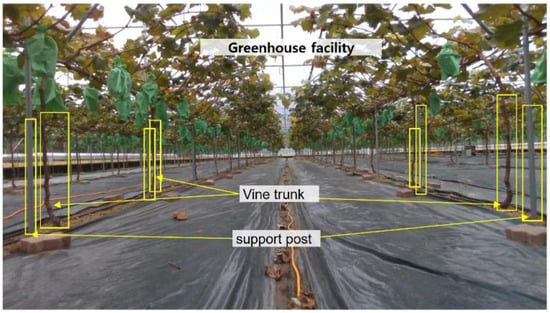AI, Sensors and Robotics for Smart Agriculture
A topical collection in Agronomy (ISSN 2073-4395). This collection belongs to the section "Precision and Digital Agriculture".
Viewed by 15705Editors
Interests: quality and safety assessment of agricultural products; harvesting robots; robot vision; robotic grasping; spectral analysis and modeling; robotic systems and their applications in agriculture
Special Issues, Collections and Topics in MDPI journals
Interests: artificial intelligence; agricultural robots; smart farming; intelligent perception
Special Issues, Collections and Topics in MDPI journals
Topical Collection Information
Dear Colleagues,
Food security is an enormous issue for human society, with traditional labor-based agricultural production being unable to meet the increasing needs of the latter. With the continuous progress of artificial intelligence (AI), sensors, and robotics, smart agriculture is gradually being applied to agricultural production across the world. The purpose of smart agriculture is to enhance agricultural production efficiency, improve production and management methods, implement green production, and retain the ecological environment.
Smart agriculture represents the profound combination of IoT technology and traditional agriculture. The IoT will elevate the future of agriculture to a new level, with the utilization of smart agriculture becoming increasingly common among farmers. By employing the Internet of Things, sensor technology, and agricultural robots, smart agriculture could achieve the precise control and scientific management of production and operation processes, as well as the intelligent control of agricultural cultivation, and promote agriculture’s transformation toward intensive and large-scale production. This Collection aims to share recent studies and developments in the application of AI, sensors, and robots in smart agriculture.
Dr. Baohua Zhang
Dr. Yongliang Qiao
Collection Editors
Manuscript Submission Information
Manuscripts should be submitted online at www.mdpi.com by registering and logging in to this website. Once you are registered, click here to go to the submission form. Manuscripts can be submitted until the deadline. All submissions that pass pre-check are peer-reviewed. Accepted papers will be published continuously in the journal (as soon as accepted) and will be listed together on the collection website. Research articles, review articles as well as short communications are invited. For planned papers, a title and short abstract (about 250 words) can be sent to the Editorial Office for assessment.
Submitted manuscripts should not have been published previously, nor be under consideration for publication elsewhere (except conference proceedings papers). All manuscripts are thoroughly refereed through a single-blind peer-review process. A guide for authors and other relevant information for submission of manuscripts is available on the Instructions for Authors page. Agronomy is an international peer-reviewed open access monthly journal published by MDPI.
Please visit the Instructions for Authors page before submitting a manuscript. The Article Processing Charge (APC) for publication in this open access journal is 2600 CHF (Swiss Francs). Submitted papers should be well formatted and use good English. Authors may use MDPI's English editing service prior to publication or during author revisions.
Keywords
- panchromatic, multispectral, and hyperspectral approaches
- field phenotyping and yield estimation
- disease and stress detection
- computer vision
- robot sensing systems
- artificial intelligence and machine learning
- sensor fusion in agri-robotics
- variable-rate applications
- farm management information systems
- remote sensing
- ICT applications
- agri-robotics navigation and awareness
















